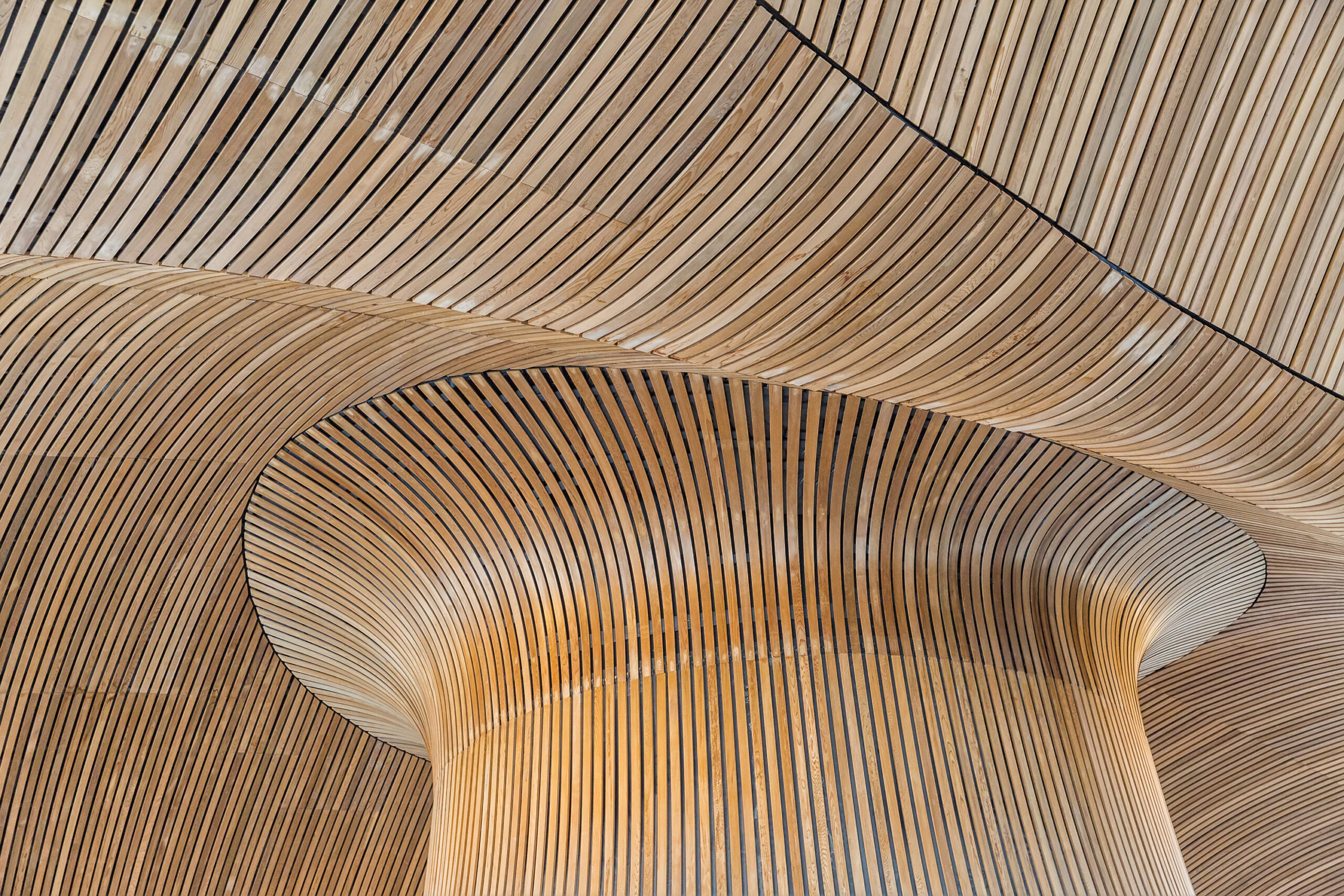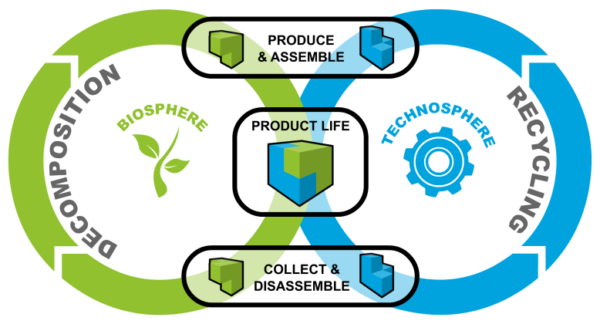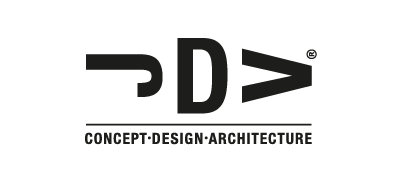Blog: Sustainable retail design in five basic principles
We see a big movement in retail towards sustainability. But the challenges to be sustainable in a market that is driven by low margins, high volume and operational excellence are quite big. And complexity seems to be the enemy of efficiency. But the future is green.
Sustainability is no longer a choice but a must. Retail and brands are experimenting with sustainability on different levels: local assortment, reducing waste and energy neutral stores. But what about the retail design?


